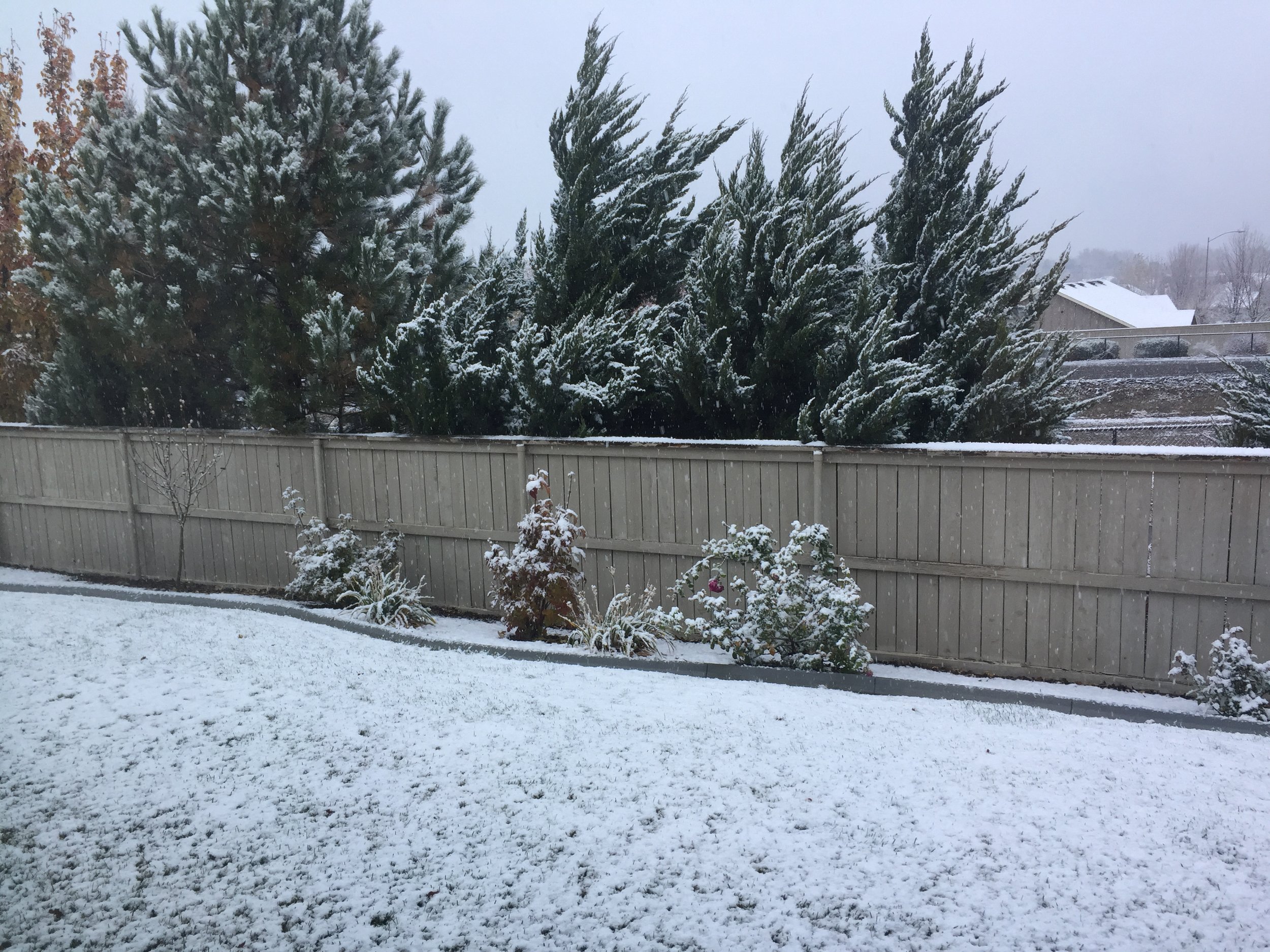Establishing Your New Tree from Job’s Nursery
Watering for the First Year
In the first growing season, all new plants (including drought resistant ones) need extra water to allow them root into the surrounding soil. Make sure to deep soak the plants enough with a sprinkler on a hose; so that your soil is moist to 12 inches below the surface of the dirt a day after you have watered. You want your moisture to soak in this deep so that your plant’s roots develop deep and can handle not being watered for a few days in case there are problems with your irrigation system. If in doubt, you need to dig down 12 inches with a shovel, trowel or use a soil probe to make sure you are soaking in deep enough.
A general deep soaking schedule for sand loam soil (the main soil texture for Tri-Cities) it is listed by day time high temperatures
50 ̊F or less once a month for evergreens, check every two months for deciduous plants 50 to 70 ̊F deep soak once every two weeks after foliage emerges or drops on deciduous
70 to 85 ̊F deep soak once a week for one hour
85 to 95 ̊F deep soak twice a week for two hours
Above 95 ̊F soak three times a week for two hours
After all wind storms when temperature highs are above 85 ̊F go check the soil moisture.
**For Clay or compacted soil you will need to shorten you water run time and increase the amount of time your water to get the same effect**
Remember to check your sprinklers, filters and drip emitters regularly. A plugged sprinkler or drip emitter will not a water a plant adequately, if at all. Also to prevent fungal disease, try to avoid watering late evening and night on a daily basis, fungus likes cool and moist conditions.
Removing the Stakes
Remember the stakes, if needed, are to be removed after the tree has been planted for a year.
Good Fertilizing Practices
We recommend using the Fertilome Start N Grow every April 1st and July 1st. Or you can use the Miracle-Gro Fertilizer Tree Spikes every April 1 and August 15. You may have to use an additional fertilizer, or to adjust the ph of the soil.
Plant Problem Diagnosis
Remember when a plant is causing you to question it’s health, please contact us when you notice a problem, not after the plant dies, because most of the time a simple fix is all that is required. We invite you to call, or send us an email with photos of the problem or bring us a bagged sample to help you answer and solve your plant problem.
Excerpt from Job's Nursery's Planting and Care Guide









